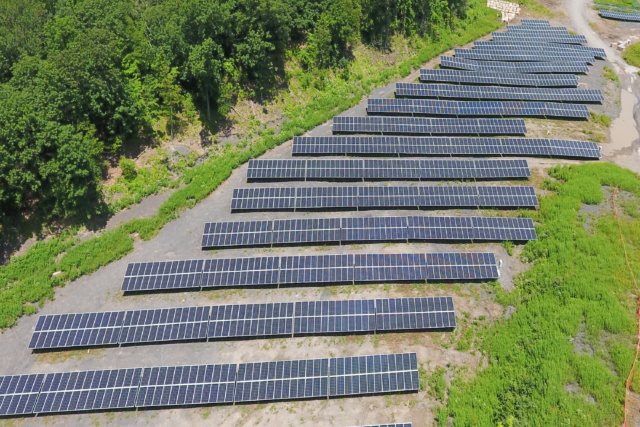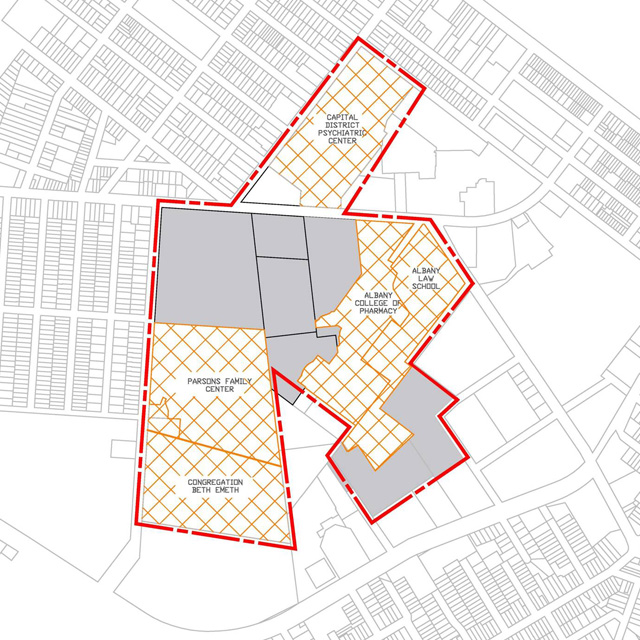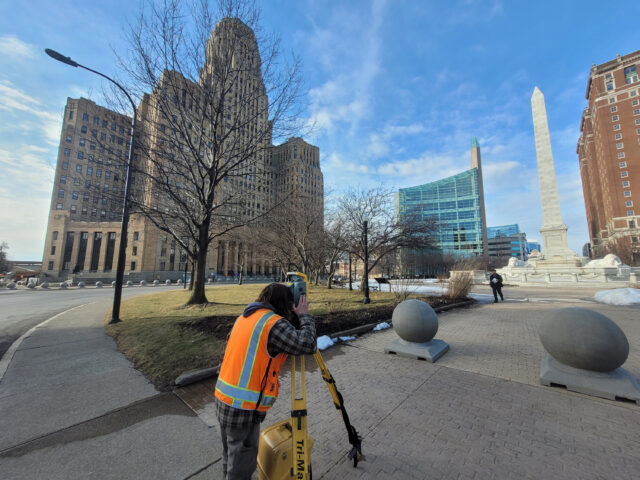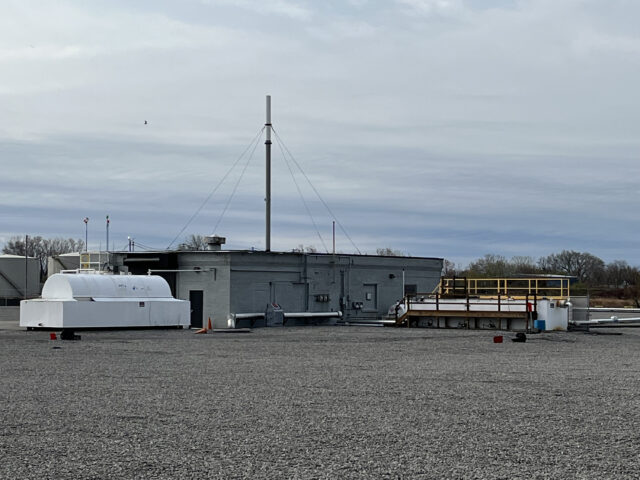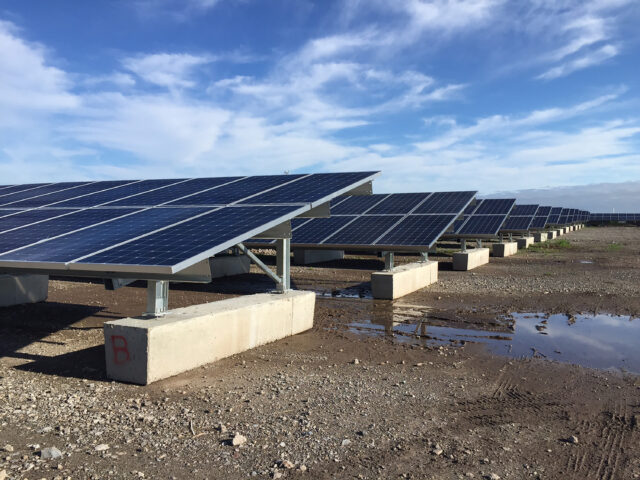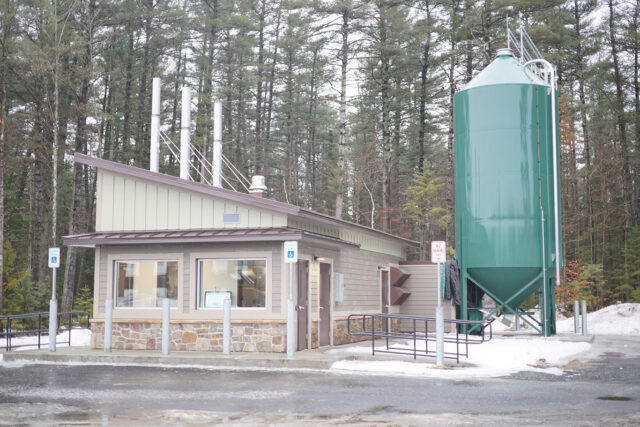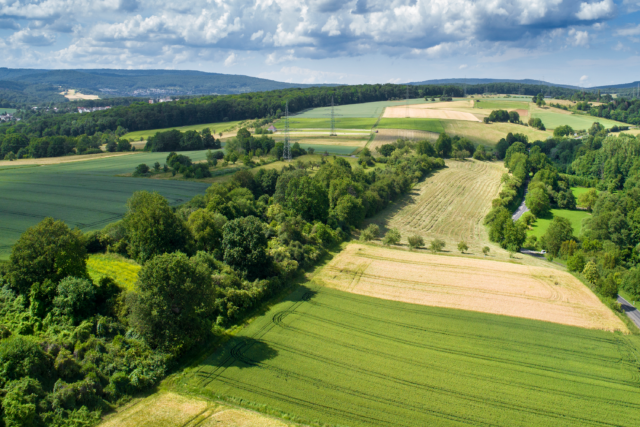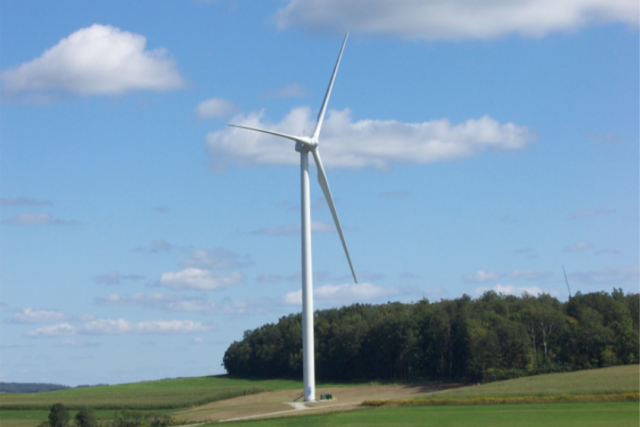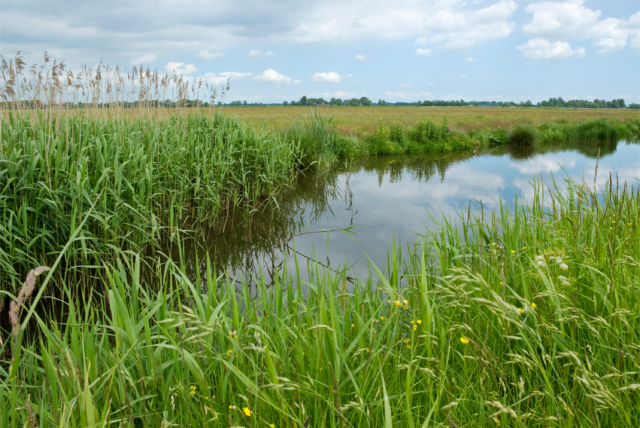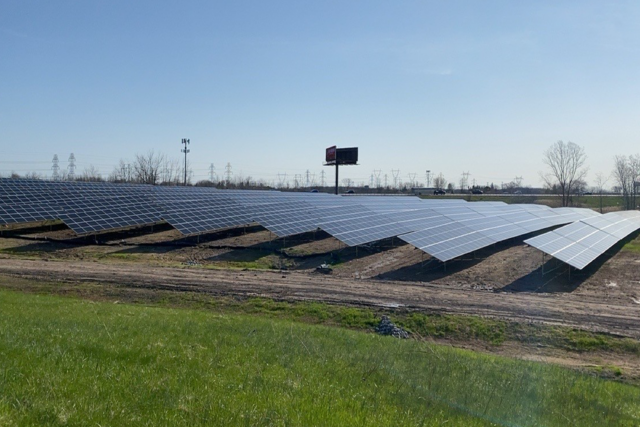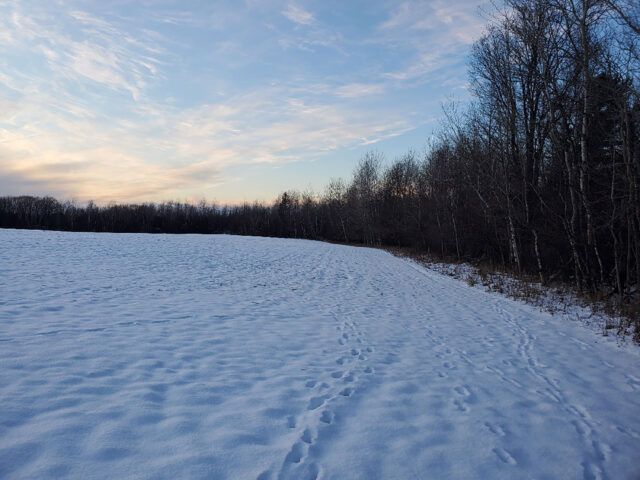
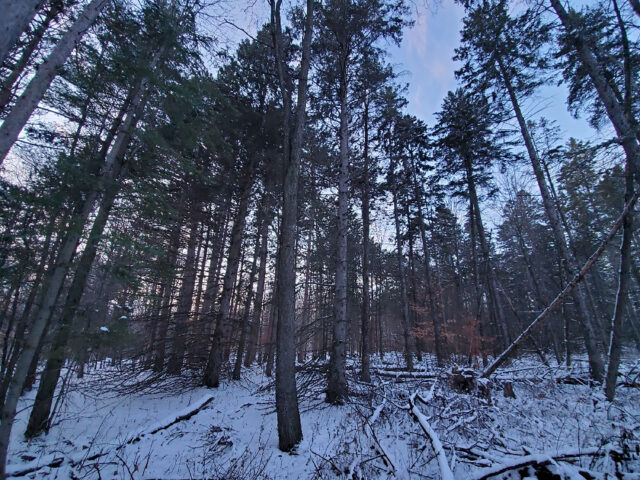
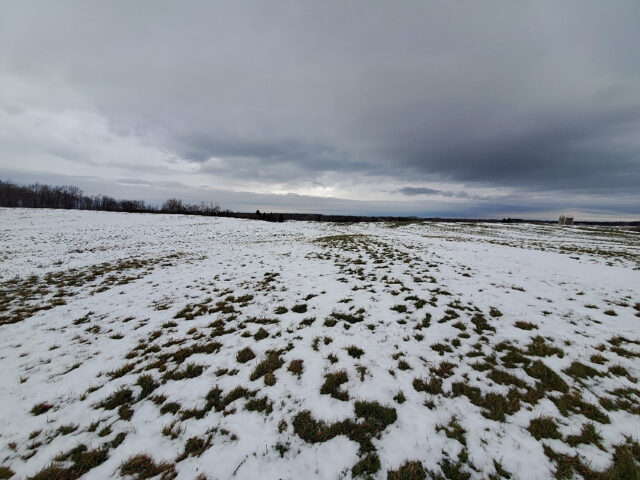
Burke Solar – Northern Harrier Habitat Assessment
LaBella Works With NYSDEC to Create Northern Harrier Habitat
The Burke Solar project consists of the installation of a 5-megawatt (MW) AC solar array within an agricultural hay field. Correspondence with the New York State Department of Environmental Conservation (NYSDEC) determined that this project would impact a suitable habitat for Northern Harrier (Circus cyaneus), a state-listed threatened species, and that mitigation would be required for this project. Nexamp Solar proposed to mitigate for Northern Harrier habitat loss by creating Northern Harrier habitat on a property located approximately four miles away.
LaBella partnered with Nexamp Solar, LLC to complete and submit a New York State Department of Environmental Conservation NYSDEC Part 182 Incidental Take Permit for impacts to suitable Northern Harrier habitat. A Part 182 Incidental Take Permit is required for any activity that is likely to result in the take of any species listed as endangered or threatened. Incidental take is an unintentional, but not unexpected, taking of an endangered or threatened species such as destroying the species breeding, nesting, or foraging habitat.
Our team dispatched an ecologist to the proposed mitigation site to determine if Northern Harrier habitat was present. The ecologist mapped out ecological communities within the proposed mitigation site and determined that no suitable Northern Harrier habitat existed within the proposed mitigation site.
With this information, we created a mitigation plan that was used to create and maintain Northern Harrier habitat for 30 years within the proposed mitigation site while avoiding impacts to sensitive resources such as streams and wetlands. NYSDEC agreed that the proposed mitigation plan would provide a net conservation benefit for the Northern Harrier. As such, a Part 182 Incidental Take Permit was received from NYSDEC for the project.
Following this, trees will be cleared from the proposed mitigation site to create Northern Harrier habitat, and construction for the solar farm will begin after Northern Harrier habitat has been created.
